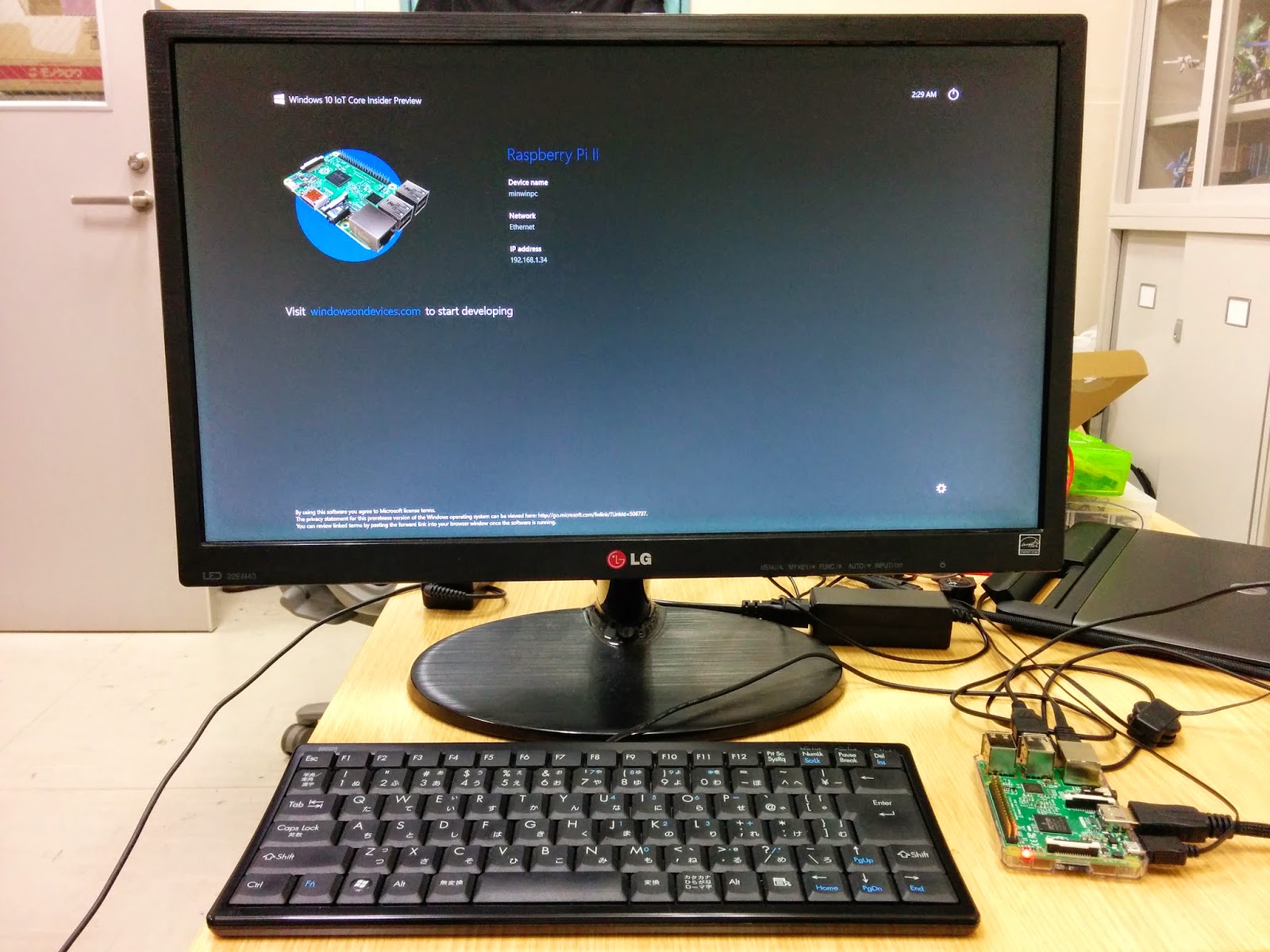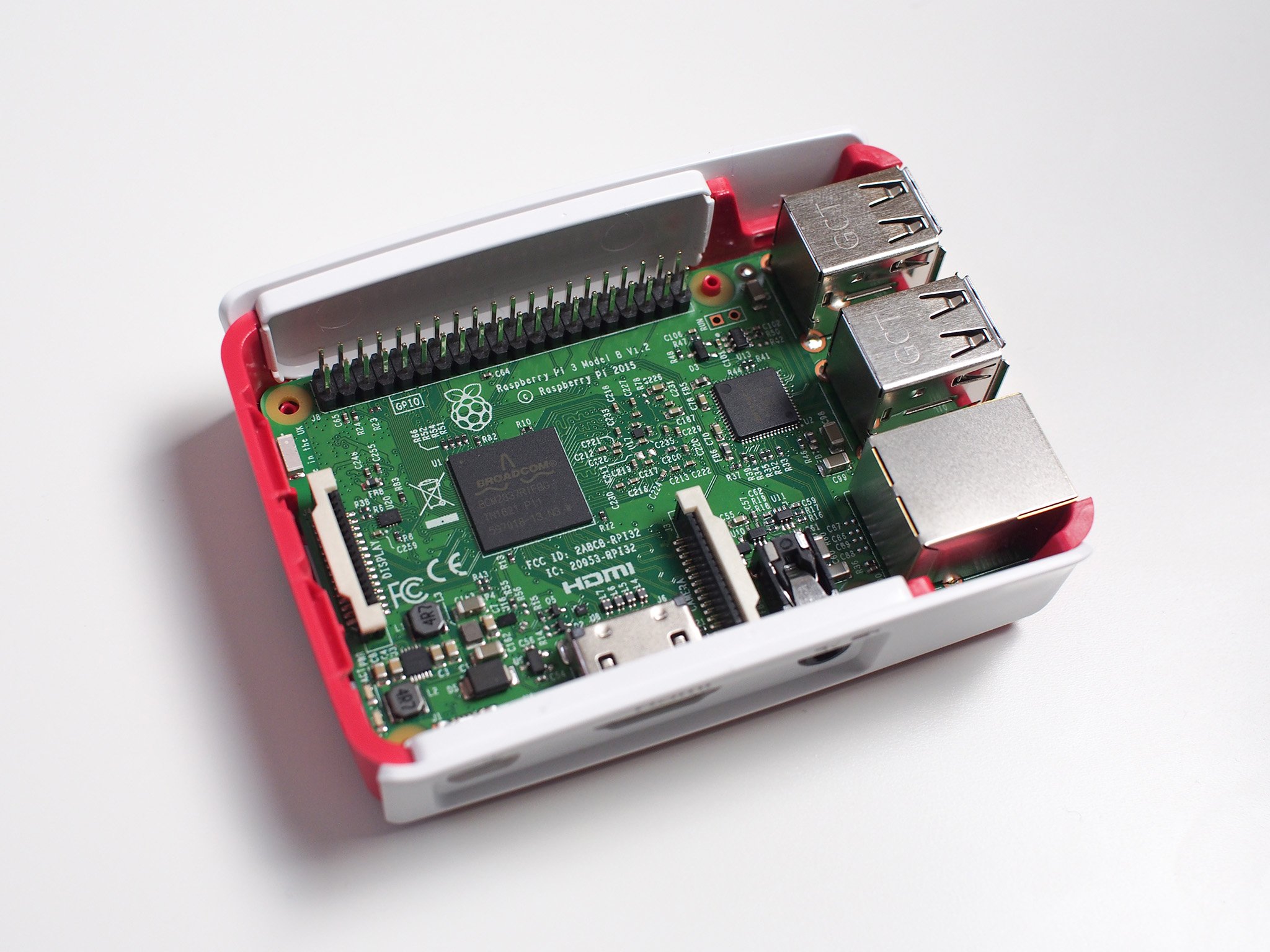Ever wondered how you can remotely control your IoT devices using a Raspberry Pi while staying secure through an SSH connection in a VPC environment? Well, you’re not alone. Remote IoT VPC SSH on Raspberry Pi is a game-changer for tech enthusiasts, developers, and hobbyists alike. In this guide, we’ll walk you through everything you need to know to set up and manage your IoT devices seamlessly, all while downloading Windows 10 for free when necessary. Stick around, because this is going to be epic!
Imagine being able to control your home automation system, monitor your security cameras, or manage your smart garden from anywhere in the world. Sounds like something out of a sci-fi movie? Not anymore. With advancements in IoT technology, combined with the power of Raspberry Pi and secure SSH connections, it’s now possible to achieve all of this without breaking the bank. Whether you’re a beginner or an experienced developer, this guide has got you covered.
Before we dive into the nitty-gritty details, let’s address the elephant in the room: downloading Windows 10 for free. Yes, you heard that right! There are legitimate ways to download Windows 10 for free under certain conditions, and we’ll explore those options later in this article. So, buckle up and get ready to level up your tech skills. This journey is about to take off!
- Emily Bett Rickards The Rising Star Of The Entertainment World
- Lacy Kim Onlyfans A Deep Dive Into Her Journey Content And Impact
Table of Contents
- Introduction to Remote IoT VPC SSH
- What is Raspberry Pi and Why Use It?
- Understanding IoT and Its Importance
- Setting Up a VPC Environment
- Establishing an SSH Connection
- Downloading Windows 10 for Free
- Security Tips for Remote IoT Management
- Common Issues and Troubleshooting
- Real-World Applications of Remote IoT VPC SSH
- Conclusion: Taking Your IoT Projects to the Next Level
Introduction to Remote IoT VPC SSH
Let’s start with the basics. Remote IoT VPC SSH is essentially a way to control and manage your IoT devices remotely using a secure connection. The VPC (Virtual Private Cloud) acts as a secure network environment, while SSH (Secure Shell) ensures that your communication with the devices is encrypted and protected from unauthorized access. Combining these technologies with a Raspberry Pi makes it possible to create a powerful and cost-effective solution for managing IoT devices.
Here’s a quick breakdown of what you’ll learn in this section:
- What is IoT and how does it work?
- Why is a VPC important for securing your IoT devices?
- How does SSH enhance the security of your remote connections?
For example, imagine you’re traveling abroad and want to check if you left your garage door open. With a properly configured remote IoT setup, you can log in to your Raspberry Pi via SSH, connect to your garage door controller, and close the door with just a few clicks. Pretty cool, right?
- Exploring Malayalam Sexy Videos A Cultural And Entertainment Perspective
- Is Ecryptobit Com The Real Deal Unveiling The Truth About This Cryptocurrency Platform
Why Remote IoT VPC SSH Matters
Remote IoT VPC SSH isn’t just about convenience; it’s about security and scalability. As more and more devices become connected to the internet, the risk of cyberattacks increases exponentially. By setting up a secure VPC environment and using SSH for communication, you can protect your devices from unauthorized access and potential breaches.
Plus, with the ability to scale your IoT setup as needed, you can easily add new devices to your network without compromising performance or security. This makes it an ideal solution for both personal and professional use cases.
What is Raspberry Pi and Why Use It?
Now that we’ve covered the basics of remote IoT VPC SSH, let’s talk about the star of the show: the Raspberry Pi. The Raspberry Pi is a credit-card-sized computer that’s perfect for DIY projects, educational purposes, and even professional applications. It’s affordable, versatile, and easy to use, making it a favorite among tech enthusiasts worldwide.
Here are some key reasons why the Raspberry Pi is perfect for remote IoT projects:
- Affordability: You can get a Raspberry Pi for as little as $35, making it an excellent choice for budget-conscious users.
- Versatility: The Raspberry Pi supports a wide range of operating systems, programming languages, and hardware interfaces, giving you the flexibility to create almost any project you can imagine.
- Community Support: With a massive community of developers and enthusiasts, you’ll never run out of resources, tutorials, and forums to help you troubleshoot any issues you encounter.
Whether you’re building a smart home system, monitoring environmental conditions, or controlling industrial equipment, the Raspberry Pi has got you covered. So, why not give it a try?
Choosing the Right Raspberry Pi Model
Not all Raspberry Pi models are created equal. Depending on your project requirements, you’ll need to choose the right model to ensure optimal performance. Here’s a quick rundown of the most popular Raspberry Pi models:
- Raspberry Pi 4: The latest and greatest, with support for 4K video output, dual HDMI ports, and up to 8GB of RAM.
- Raspberry Pi 3: A solid choice for most projects, offering decent performance at a lower price point.
- Raspberry Pi Zero: The smallest and most affordable option, perfect for lightweight projects where size and cost are critical factors.
Remember, the model you choose will depend on your specific needs and budget. Don’t be afraid to experiment with different models to find the one that works best for you.
Understanding IoT and Its Importance
IoT, or the Internet of Things, refers to the network of physical devices, vehicles, appliances, and other objects embedded with sensors, software, and connectivity that allow them to exchange data. In simpler terms, it’s about connecting everyday objects to the internet so they can communicate with each other and with us.
Here are some key benefits of IoT:
- Increased Efficiency: Automating tasks and processes can save time and reduce human error.
- Improved Decision-Making: With access to real-time data, you can make more informed decisions about your operations.
- Enhanced User Experience: From smart homes to wearable devices, IoT technology is making our lives more convenient and enjoyable.
However, with great power comes great responsibility. As IoT devices become more prevalent, it’s crucial to prioritize security and privacy to protect sensitive data and prevent unauthorized access.
IoT in Everyday Life
IoT isn’t just limited to tech enthusiasts and businesses. It’s already transforming the way we live our daily lives. From smart thermostats that adjust the temperature based on your preferences to fitness trackers that monitor your health, IoT devices are everywhere. And with the help of Raspberry Pi and remote IoT VPC SSH, you can take control of your devices and create custom solutions tailored to your needs.
Setting Up a VPC Environment
Now that we’ve covered the basics of IoT and Raspberry Pi, let’s move on to setting up a VPC environment. A VPC is essentially a virtual network that you can create in the cloud, allowing you to securely host and manage your IoT devices. By isolating your devices in a private network, you can protect them from external threats and ensure that only authorized users can access them.
Here’s a step-by-step guide to setting up a VPC environment:
- Create a VPC: Use a cloud provider like AWS or Google Cloud to create a new VPC. Make sure to configure the necessary subnets, routing tables, and security groups.
- Set Up a Bastion Host: A bastion host acts as a gateway to your VPC, allowing you to securely connect to your devices from outside the network.
- Configure SSH Access: Ensure that SSH access is enabled for your Raspberry Pi and any other devices in the VPC.
By following these steps, you’ll have a secure and reliable VPC environment ready to host your IoT devices.
Why Use a VPC?
A VPC offers several advantages over a traditional network setup, including:
- Enhanced Security: By isolating your devices in a private network, you can protect them from external threats and unauthorized access.
- Scalability: Easily add or remove devices from your VPC as your needs change.
- Flexibility: Configure your VPC to meet your specific requirements, whether you need multiple subnets, custom routing, or advanced security features.
With a VPC in place, you’ll have peace of mind knowing that your IoT devices are secure and accessible only by authorized users.
Establishing an SSH Connection
SSH, or Secure Shell, is a protocol that allows you to securely connect to remote devices over an unsecured network. It’s an essential tool for managing IoT devices, especially when combined with a VPC environment. By using SSH, you can ensure that your communication with your devices is encrypted and protected from eavesdropping and tampering.
Here’s how to establish an SSH connection to your Raspberry Pi:
- Install SSH: Make sure that SSH is installed and enabled on your Raspberry Pi. You can do this by running the command
sudo apt-get install sshin the terminal. - Connect to the Pi: Use an SSH client like PuTTY (for Windows) or the built-in terminal (for macOS and Linux) to connect to your Raspberry Pi using its IP address.
- Verify the Connection: Once connected, you should see the Raspberry Pi’s command prompt, where you can execute commands and manage your devices.
With SSH set up, you’re now ready to remotely control your IoT devices from anywhere in the world.
SSH Best Practices
While SSH is a powerful tool, it’s important to follow best practices to ensure maximum security:
- Use Strong Passwords: Avoid using weak or easily guessable passwords. Consider using a password manager to generate and store strong passwords.
- Enable Key-Based Authentication: Instead of relying on passwords, use SSH keys for authentication. This adds an extra layer of security and eliminates the risk of brute-force attacks.
- Disable Root Login: Restrict access to the root account to prevent unauthorized users from gaining administrative privileges.
By following these best practices, you can ensure that your SSH connections are secure and reliable.
Downloading Windows 10 for Free
Now, let’s talk about the elephant in the room: downloading Windows 10 for free. While it may sound too good to be true, there are legitimate ways to obtain a free copy of Windows 10 under certain conditions. For example, if you’re upgrading from a genuine copy of Windows 7 or 8, you may be eligible for a free upgrade to Windows 10.
Here’s how to download Windows 10 for free:
- Check Your Eligibility: Verify that your current version of Windows is genuine and eligible for a free upgrade.
- Download the Media Creation Tool: Visit the official Microsoft website and download the Windows 10 Media Creation Tool.
- Create an Installation Media: Use the tool to create a bootable USB drive or ISO file that you can use to install Windows 10 on your Raspberry Pi or any other device.
Remember, downloading Windows 10 for free is only possible under certain conditions. Make sure to check the official Microsoft website for the latest information and guidelines.
Why Download Windows 10?
Windows 10 offers several advantages over older versions of Windows, including:
- Improved Security Features: With advanced security features like Windows Defender and BitLocker, you can protect your devices from malware and cyberattacks.
- Enhanced Performance: Windows 10 is optimized for performance, making it
- Who Is Ray Charles The Soulful Voice That Shaped Music History
- Patricia Heaton Nude Unveiling The Truth Behind The Controversy


